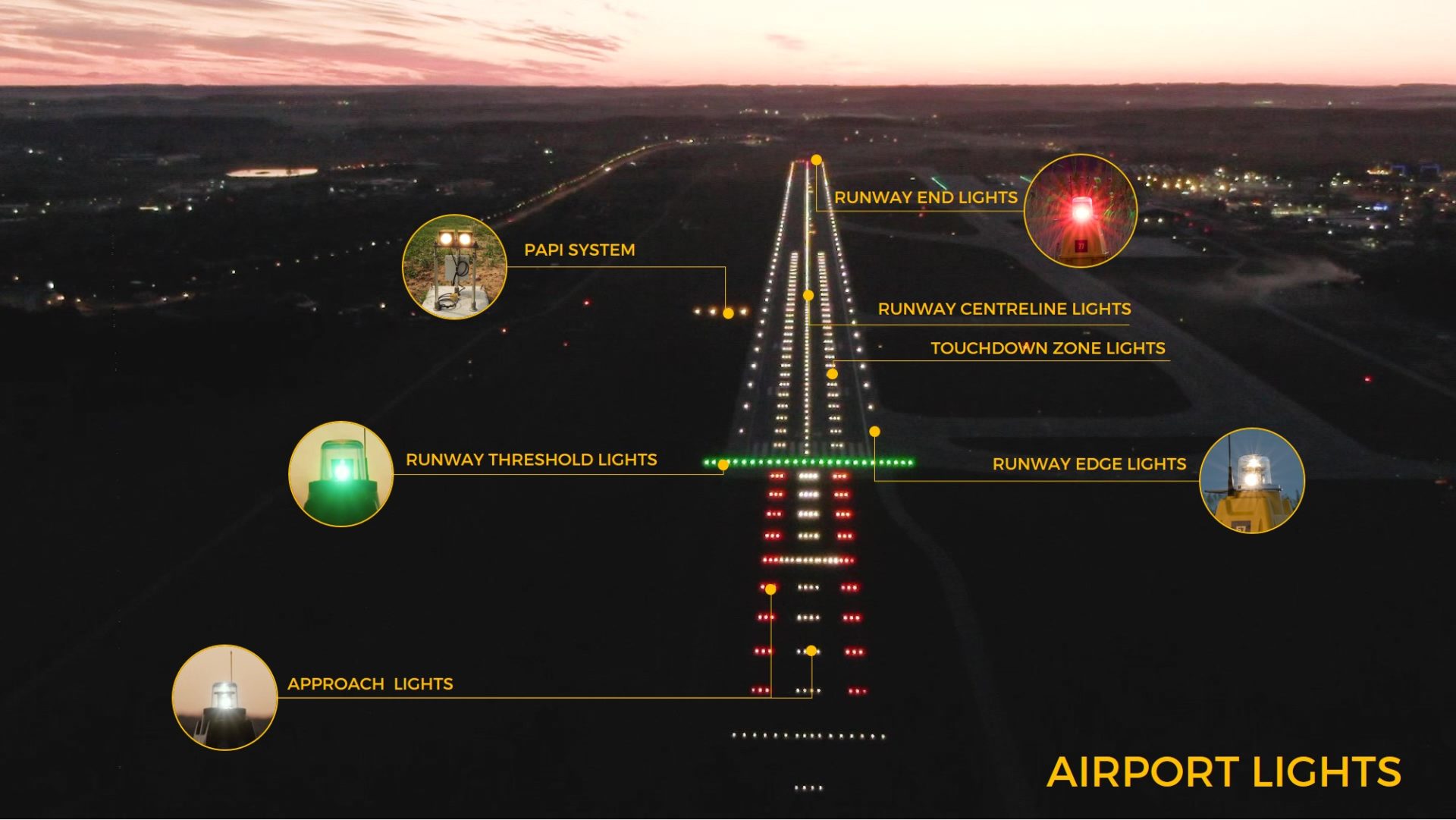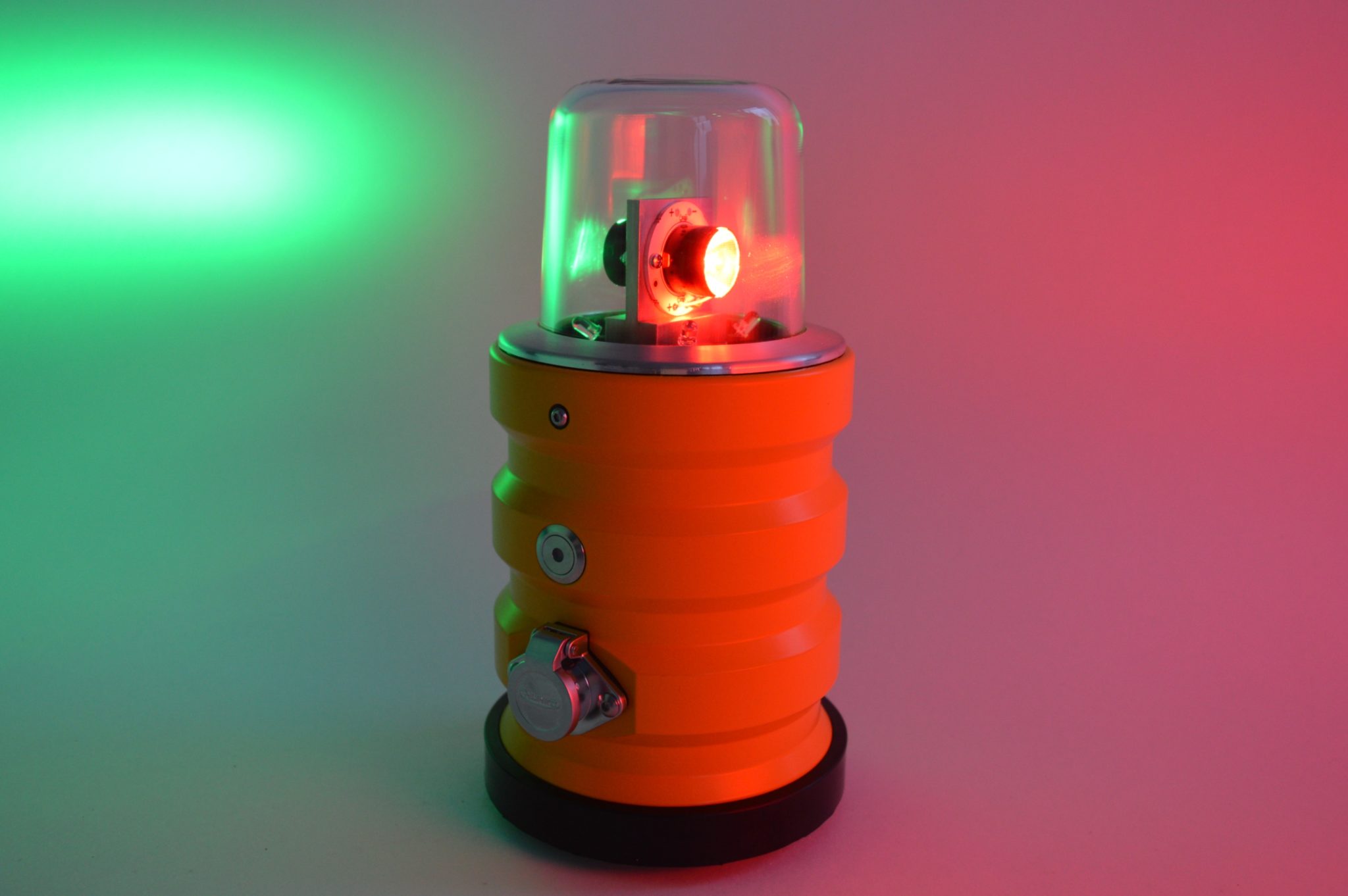

VASI installations are one of the simplest, most effective aids to landing available. Some aircraft lighting is used to assist pilots in maintaining a typical glide path to the touchdown area of the runway. Runway Approach Lighting Explained Visual Approach Slope Indicator (VASI) These lights are in protected assemblies that are slightly raised above the runway surface rolling directly over them creates a bumpy ride. The centerline lights are white until the last 3,000 feet of the runway.Īt 3000 feet remaining, they become alternating white and red then become all red for the last 1000 feet of runway. Runway End Identifier Lights (White Flashing-Red Arrows) ( A quick Refernece to Airfield Stanards, ) Runway Centerline LightsĪs the name suggests, Runway Centerline Lights are embedded lights, 50 feet apart, in the centerline of runways served by an instrument approach (Figure 2 below). REILs are useful for identifying the approach end of a runway for pilots unfamiliar with an airport, and for runway location in reduced visibility. The system consists of a pair of synchronized flashing lights located on each side of the runway threshold.

REIL lights are often used at smaller airports instead of Runway Threshold lights to identify the approach end of the runway.

Many small airports may have only runway edge lights-white lights located just beyond the edge of the runways surface and there are many sod runways with edge lighting.įrom the air, at night, they are the familiar white lights that define the width and length of the runway.Īt larger airports, these may be embedded in the pavement of the runway.įor runways served with an instrument approach, the last 2000 feet of runway edge lights are yellow. Related Article – Runway Markings Explained Runway Lights Explained Runway Edge Lights Image:


 0 kommentar(er)
0 kommentar(er)
